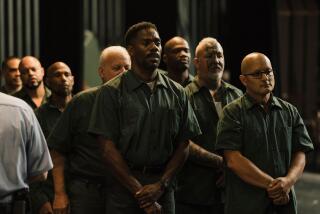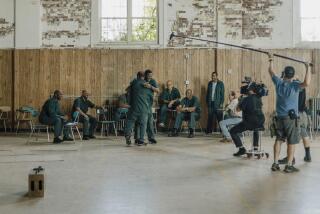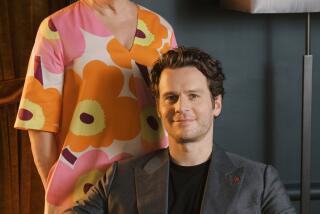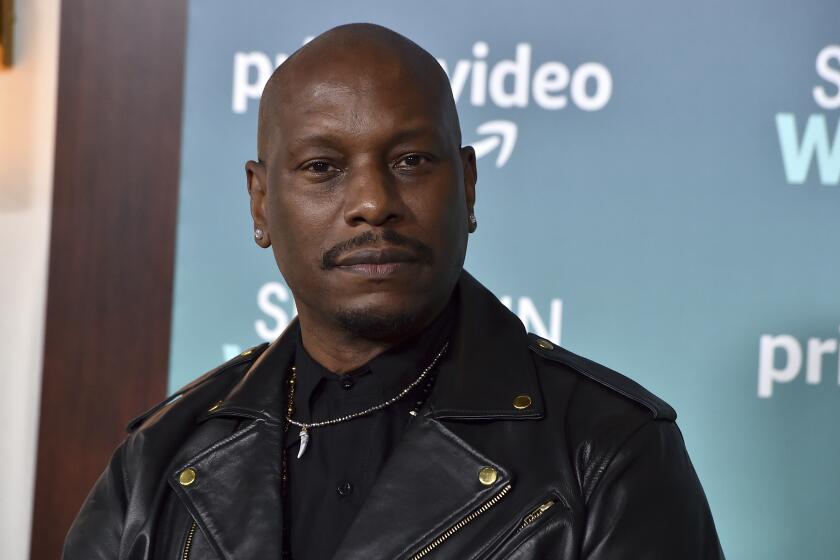Stanley Donen and Gene Kelly’s 1952 ‘Singin’ in the Rain’ stands the test of time
Lots of stories are told about “Singin’ in the Rain,” about the blood, sweat and tears it took to make that most joyous of musicals. But the one I thought of when I heard of the death of Stanley Donen, who codirected with star Gene Kelly, was of a different kind.
It was one told by the late Frank Pierson, the Oscar-winning screenwriter of “Dog Day Afternoon,” who talked about how disturbed and unnerved he and his wife were on the evening after the early morning terrorist attack of Sept. 11, 2001.
Looking for a film to watch to change their mood, their choice was instantaneous and unanimous: “Singin’ in the Rain.” A movie guaranteed to lift your spirits even if you’re facing what looks to be the end of the world.
Donen, who died Thursday at age 94, has done other memorable films, from musicals like “On the Town,” “Damn Yankees” and “Seven Brides for Seven Brothers” to wacky comedies like the Peter Cook-Dudley Moore “Bedazzled.”
Stanley Donen brought wit, style, heartache and joy to the movies »
But, costarring Kelly, Debbie Reynolds and Donald O’Connor, “Singin’ in the Rain” seems in a class by itself. With the exuberance and joy of performance as one of its themes, it has proved to be the most durable example of the Hollywood musical, the real tinsel underneath all the fake stuff.
Interestingly enough, with the film garnering only two Oscar nominations and zero wins, its longevity was not immediately apparent. (By contrast, the prestige musical of its day, 1951’s “An American in Paris,” was nominated for eight Oscars and won six, including best picture.)
But when Sight & Sound magazine’s once-a-decade international critic’s poll of the best films ever made came out in 1982, “Singin’ in the Rain” was tied for third with “Seven Samurai,” with just “Citizen Kane” and “The Rules of the Game” ahead of it. Despite the inevitable changing tastes 30 years brings, it is still the seventh- highest ranking American film in the latest, 2012 poll, an impressive No. 20 overall.
On paper, “Singin’ in the Rain’s” accomplishments are surprising even today, because this film did not begin with a story anyone was burning to tell. Quite the opposite: It was a movie unapologetically written strictly for commercial reasons.
It began when producer Arthur Freed called to Hollywood the New York-based screenwriting team of Betty Comden and Adolph Green. He wanted them to write what was known as a catalog musical, a show composed of the songs Freed had cowritten earlier in his career with Nacio Herb Brown.
It was Comden and Green, given no more than the movie’s title, who were inspired by the era that many of the songs were written in and came up with the key idea of setting the story in that turbulent period in Hollywood history when silent films gave way to sound.
That setting not only worked for the songs but it also enabled “Singin’” to have a pair of focuses that expertly complemented one another. The picture’s comic examination of the movie business in turmoil is completely wised up, poking smart fun at the tropes of silent film history, while the story’s inevitable sentimental romance is treated with the utmost seriousness and respect.
This combination of cynicism and innocence proved difficult to resist, especially with the casting MGM came up with. While Kelly, the studio’s musical actor of the moment, was a given, the other two choices were not.
Both Donen and Kelly pushed for and got the acrobatic dancer O’Connor, who grew up in a circus family that had segued to vaudeville. The synchronized tap dancing Kelly does with O’Connor, so joyous it seems as if they’re making it up on the spot, highlights “Singin’ in the Rain’s” embrace of tradition, one of the main reasons it remains so popular.
By choosing 18-year-old Reynolds for the romantic lead, Donen and Kelly went for someone who didn’t have to act the fresh-faced young ingenue; she was one. Though Reynolds had a background in gymnastics, the actress had never seriously danced until this movie. She pushed herself for eight hours a day for two months — “the university of hard work and pain,” Kelly called it — and got good enough to dance seamlessly over a sofa with her two costars in “Good Morning,” the first number she shot.
Set in 1927, the height of the silent era, “Singin’ in the Rain’ details the growing romance between Kelly’s Don Lockwood, the era’s biggest star, and Reynolds’ classic ingenue, Kathy Selden.
It’s a love match Kelly joyously celebrates by dancing through the best downpour MGM’s money could buy in one of the most celebrated scenes in Hollywood history. “The purpose of a musical,” Kelly said years later, “is to make people happy,” words that Stanley Donen, the man who made it happen, would surely have echoed.
More to Read
Only good movies
Get the Indie Focus newsletter, Mark Olsen's weekly guide to the world of cinema.
You may occasionally receive promotional content from the Los Angeles Times.








